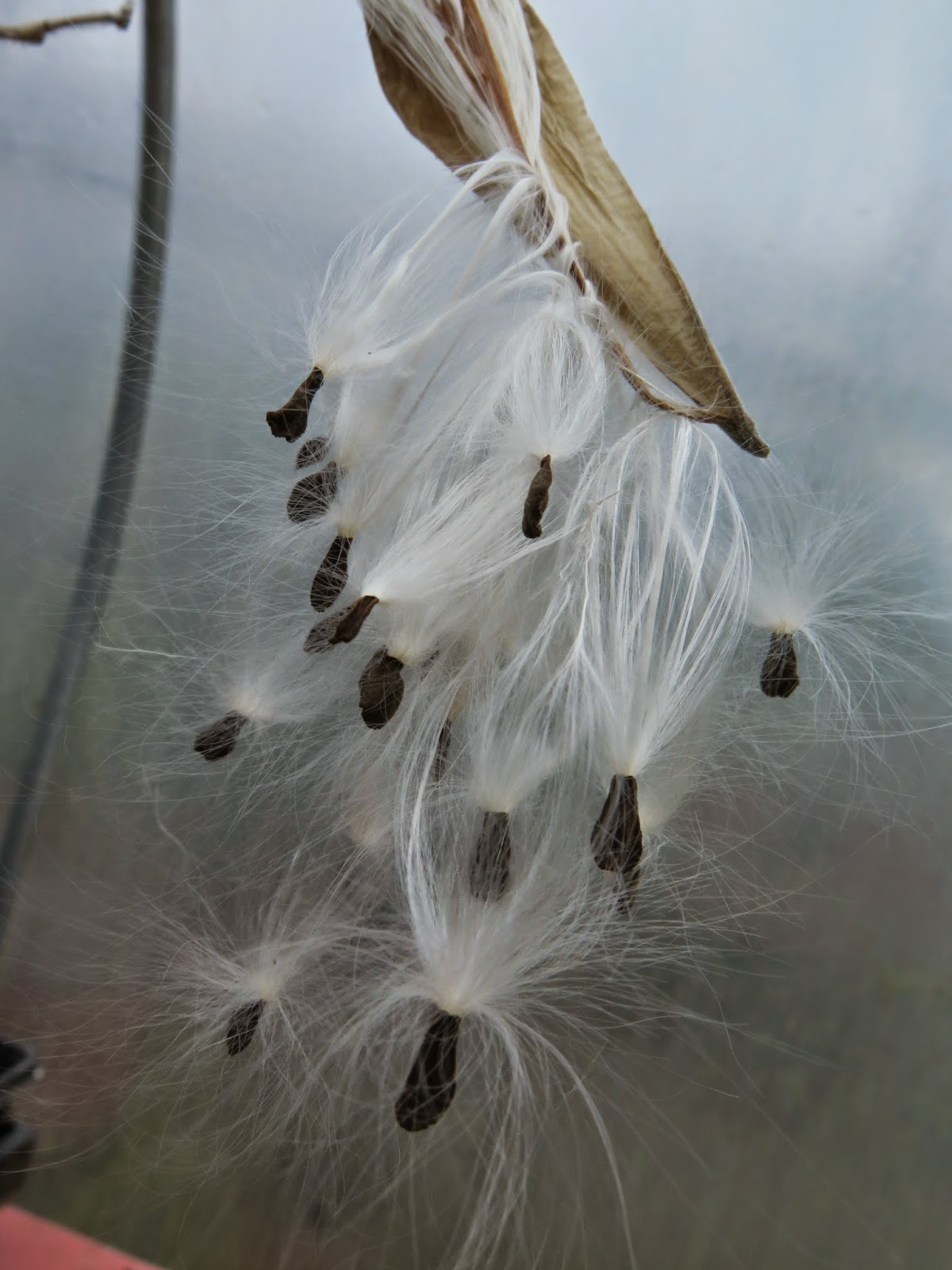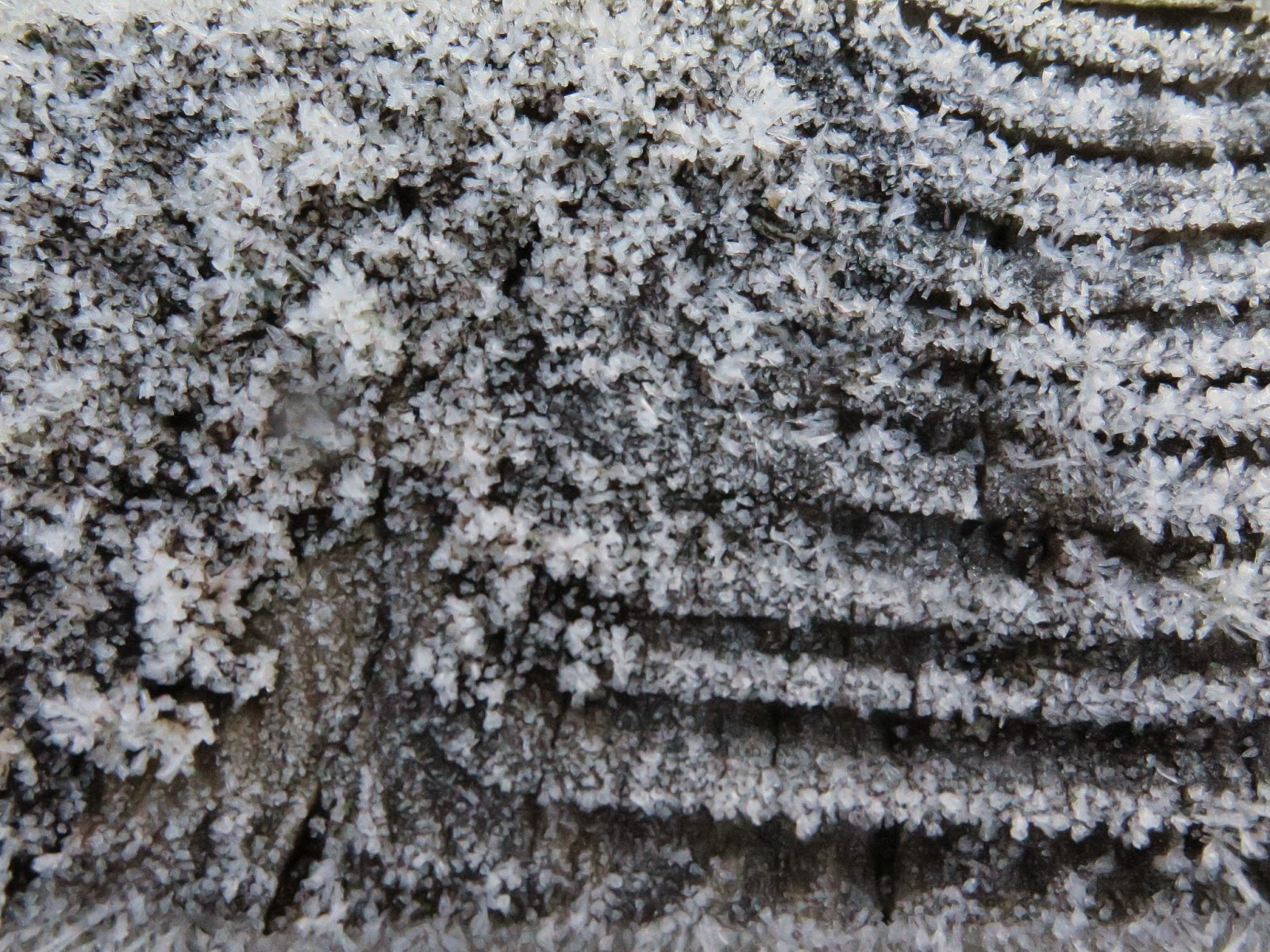Just before I start I would like to say if you like this blog and would like to be notified when a new one is published you can subscribe to one of the feeds that lets you know though I have no idea how you do that but I do send out a tweet on @pwhorticulture as a reminder. I am not a regular tweeter and I am almost ashamed to admit that this is a blatant recruitment drive. I have a son who is setting up a food business and keeps telling me how many Twitter followers he has gained each day which brasses me off and I don't want to let him beat me, at least not without a fight - how sad is that.
Excuse the gratuitous blog title but sex sells.
..........................................................
Sexy Succulents
It was raining at the
pottery the other day so I thought I would spend some time in the greenhouse with the camera. We have an interesting collection of succulents most of which, when it comes to names, I don't know more than the genus and not always that so if you recognise any of the species or varieties please let me know. It is one of my missions this year to get as many of them named as possible There are Echeverias, Graptopetalums, and Kalanchoes amongst them.
This one I do know, Aeonium tabuliforme. The picture gives no idea as to how flat this rosette is. It is some 180 mm across and probably no more than 15 mm high. It is monocarpic so it flowers just once from the centre of the rosette which then dies out. It can be propagated from seed or offsets ( baby plants) which sometimes appear at the base of the flowering stem. It can also be propagated by tugging off and rooting the individual leaves.
This is a Kalanchoe.
I have a feeling this is also a Kalanchoe.
Pachyphytum oviferum - this sends me into paroxysms of drooling delight. The sexiest of sexy succulents. Do you remember, in fact now can you even get, sugared almonds ? Experience more paroxysms below.
..............................................
Ups- a - Daisy!
I planted this narrow bottomed, top heavy, 70cm tall, terracotta pot just before Christmas, knowing at the back of my mind that it had every chance of blowing over while at the same time thinking 'No it will be okay'.
Well it wasn't. The very strong winds of mid January up-ended it but surprisingly without a chip.
The wind must have toppled it over but rather than falling on its rim as most pots would, its rounded ellipse shape allowed it to roll as it fell and it went with enough momentum to turn it completely upside down. ( 'Well, how about that!' I hear you say.) It didn't do much for my 'elegant' planting of Cornus 'Midwinter Fire' twigs, rosemary sprigs ( Did you ever know her?) and dead seed heads of Sedum 'Matrona' but I was so taken with the elegance with which that the pot must have rolled over during the night that I was not too put out that my planting was squashed flat on the terrace ( I live in an old council house so read patio.).
(If you are thinking of buying such a pot they come with a stone plinth and a bolt for attaching it to the base of the pot to stop such disasters happening, it is just that I was too lazy to use mine.)
............................................
Funny how even a hint of frost makes us get the camera out.
I like what might be called wallpaper shots. No particular subject or focus but just an interesting interplay of shapes, shades, textures and colours. Ophiopogon planiscapus 'Nigrescens' - with frost.
...................................................
Glorious Days
The great pleasure of working in other peoples garden is that you
get the chance to enjoy moments like this, Moments which you could never get in your own garden at least not if it is on the modest scale that mine is. This was taken on the same cold day as the Ophiopogon picture above which was taken early morning at home.
I feel that a cartoonist with a sharper wit than mine could come up with a very funny caption for this picture. Any ideas?
Life was good this day.
Knowing that there is a Ha Ha either side of this gate makes it look less pointless than it might otherwise seem.
The same garden but now a much less harmonious picture. It is an almost ugly picture but with a great mix of angles and rounded nature, old buildings and an incongruous energy saving light bulb that made a picture that brought a smile to my face. Twenty past ten: nearly break time.
..............................................
Frosted Post Tops
I enjoy the frosty patterns on these fence-post tops. They would have been even better had the focus been a bit more crisp but they fit well enough into my wallpaper category for me to enjoy

How is your imagination? Do you see an old oak tree in full leaf on the left? And a sort of ploughed field that somehow goes into the sky maybe with a galloping horse in there as well? No? Then take more drugs.
..........................................
More aliens?
Heavily pruned Limes ( Lindens) on the high wolds of the North Cotswolds make a fabulous sight in late winter. Years of annual pruning has lead to these gnarled and knobbly branches which, depending on your outlook, looking scarily sinister or just leprous.
Each branch-end with its crowded top knot of cut back branch stubs looks like an alien head waiting to stretch out and take a snap at you in an unguarded moment. Is there the hint of a
face of Jesus in the middle there?
Walking beneath these sinister shapes as the late winter sun sinks towards the horizon brings on a feeling of unease.
.......................................
Another of natures surprises.
I was tidying up the garden and moving some Hazel hurdles which had stood in a damp corner for a couple of years when I was dazzled by this brilliantly coloured fungi. The picture does not do justice to the brightness and intensity of this blue fungi.
Just a word on Hazel hurdles; if you want a quick screen that you do not expect to last long then use hazel hurdles. To ensure they don't even last that long make sure they are resting on the damp ground, ideally amongst moist leaf litter where bacterial and fungal decay can break them down at their quickest. For a screen that will last a reasonable amount of time use something else.
..............................................
Hokusai versus the Paint Tray,
I am sure you are all familiar with the Hokusai picture below 'The Great Wave off Kanagawa': mountainous waves, Mount Fuji in the background and three boats each with what must be eight of the most mighty scared oarsman and passengers. Further below is a series of more abstract images of the paint tray from which I was rollering emulsion onto the walls. At first I was just taken by the patterns but then I had a Hokusai moment and thought I would photograph them for posterity.
If a pile of bricks can do it why not a tray of emulsion paint - look out Turner Prize here I come!

.JPG)
..............................
I lichen thee to a summer's day.
I was tidying a mixed border and came across this very late carnation flower. I had already cut back the plant but could not bring myself to throw it in the barrow without recording some of its beauty. I threaded it into the lichen covered lattice of a nearby metal bench.
.............................
Here's a teaser for the tree guys ( and gals).
This aluminium tag was fixed to a tree. Originally it bore a number which was recorded on a plan.In an effort to correlate the trees on the plan with those on the ground I went to check which tree was which only to find that the number on this label had been gnawed? at.
It certainly looked like some creature had had a go at it and the only animal I could imagine that would have been able to get at the soft metal tag was a squirrel. The marks looked like teeth marks but I have no idea whether they are the marks of squirrel teeth or some other animal, and further still why would it take so much effort to gnaw away at this tag. Do squirrels suffer from aluminium deficiency of as their own reflection too much to bear? Let me know.
That's all folks.
Until the next time.................














































.JPG)





























.JPG)

.JPG)
.JPG)
.JPG)
.JPG)
.JPG)